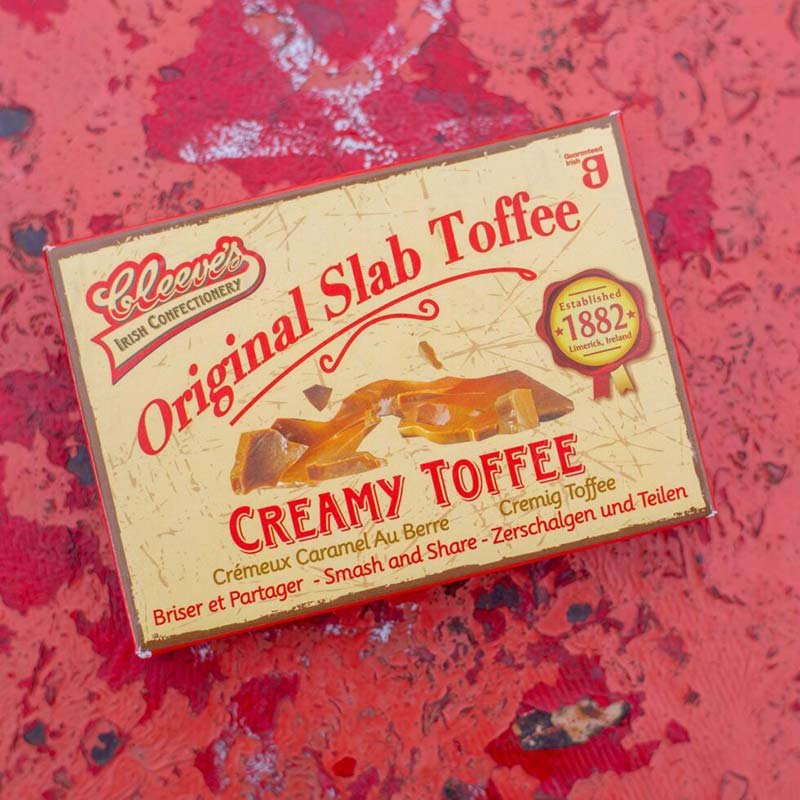Different types of lighting
Photography stands or falls on lighting. Photography literally means ‘writing with light’. So learning photography is learning how to manipulate the light. I will discuss a few different lighting techniques that define the style of a photograph in a set of blogs.
Natural even light
One sided lighting with reflector
Long Shadows
Two light setup for even lighting
1. Natural even light
When starting off in photography, it is important to have an understanding of light. So,my advice is to go back to basics. Natural light is great light to work with if it is even: no direct sunlight which can create a lot of over-exposure on the one hand. And not dark, on the other hand. The best spot indoors would be a well-lit room with a north facing window or alternatively, any other room without direct sunlight. Outside, the light is best on a cloudy/ overcast day. If the sun is shining, look for a spot in the shade. Under a tree can be tricky as you might have to deal with dappled light (light with sun spots). It’s better to use the shade of a building (if not too dark) or you can use a white umbrella to diffuse the strong sun light.
In this image the light is even on all sides…
2. One sided light with reflector
Although even light is very pleasing on the eye, it might not create a lot of depth in the photo. To create an image that is more 3 dimensional, we need to start manipulating the light we have. Again, find a well lit room and position your product with the window to your right or left. This will be the brightest/ strongest light in the image. To ensure that the other sides of the product have enough detail, we need to bounce that light back onto it. The way to do this is by using a reflector, or any type of a white coloured (foam) board. You position the reflector/ board at the top end of your set up and on the side where there is no window. THis should bounce the light back onto the object.
The window is positioned at the left hand side in this image.The righthand side is lit by bounced light from a reflector.
3. Long Shadows
The latest trend in product photography are long shadows. In this case the light source is one- directional again. Although you might need a stronger light source than the ‘even light’ that we have worked with earlier. This means either the sun or a strong studio light/ strobe. It is important though that the light is not too strong as it might blow out all the details of the product. Therefore, it is easier to achieve this with a studio light/ strobe as it is easier to control. On the opposite end of the light source we need something to block the light, rather than bounce the light, since the latter will brighten up the shadows. To block the light we use a black coloured board/reflector. This will help to darken the shadows:
4. Two light setup for even lighting
To have full control over the lighting of your product, studio lights are recommended. We can insure 'even lighting' in this case. Even lighting is often a requirement for ecommerce images.I will cover the ins and outs of studio lighting in a later blog post. Here is an example of a studio lit image:
The light is the same on both sides of the product.




